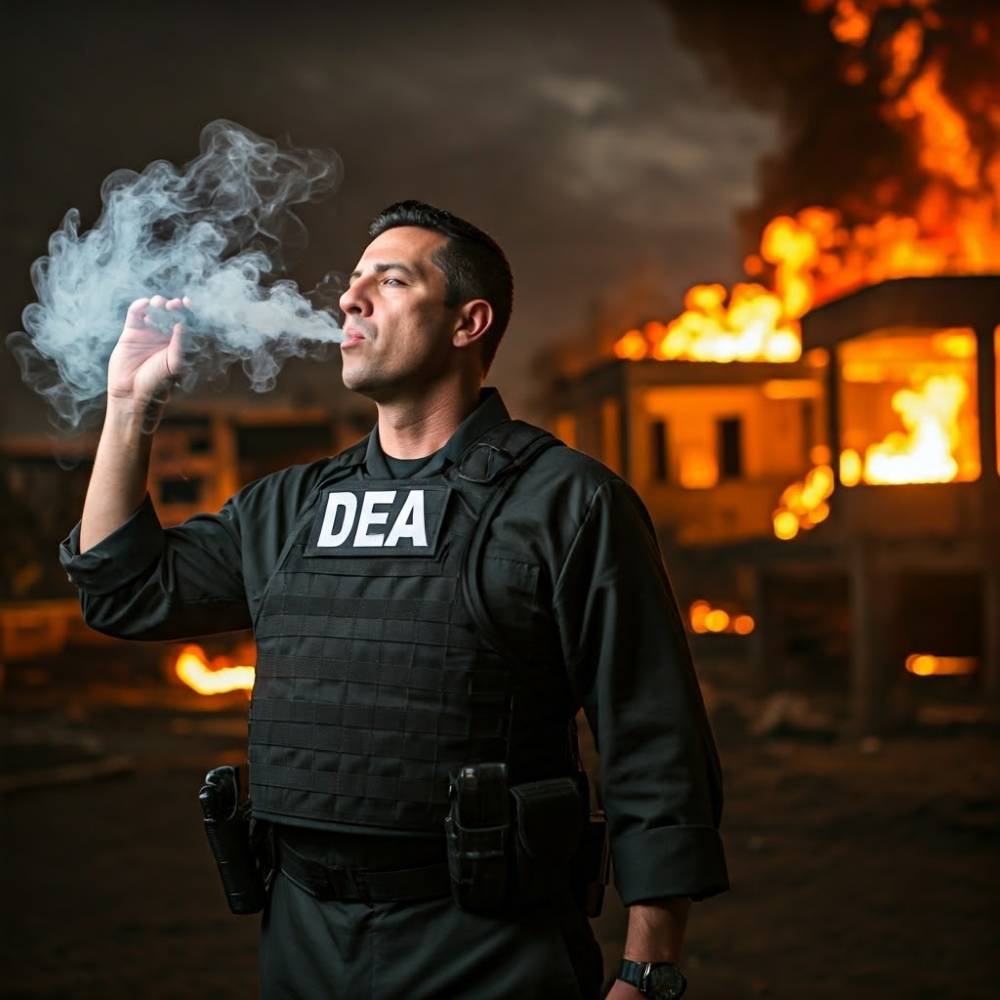America's Ham-Fisted Attempt to Police Mexico's Drug Trade
In the 1970s, the DEA transformed drug enforcement in Mexico through a complex web of operations. What began as small-scale interventions evolved into systematic campaigns, involving official agents, border personnel, and temporary operatives.

The Drug Enforcement Administration, or DEA, may have been born in the sticky summer of 1973, but it certainly didn’t waste any time making itself known south of the border. Picture, if you will, the United States in the early 1970s: bell-bottoms flaring, muscle cars roaring, and Richard Nixon—chomping on the bit—declaring a “war on drugs” with all the subtlety of a sledgehammer. It was a decade of grandiose gestures and fervent proclamations, and when it came to the issue of narcotics, America was firing up the engines of its anti-drug crusade with a turbocharged dose of political righteousness.
Before the DEA strutted onto the stage, there were already federal agents skulking around Mexico like trench coat-wearing characters in a John le Carré novel. The Federal Bureau of Narcotics (FBN) and the Bureau of Narcotics and Dangerous Drugs (BNDD) had been nosing about Mexican soil since the swinging '60s. In fact, the first U.S. office in Mexico City dates back to 1963, a time when Kennedy was charming the nation and the Beatles were on the cusp of changing music forever. The agents set up shop in the capital with a mix of optimism and suspicion, spreading out to other cities like Monterrey, Guadalajara, Hermosillo, and Mazatlán over the years, and often being stationed conveniently close to U.S. consulates.




